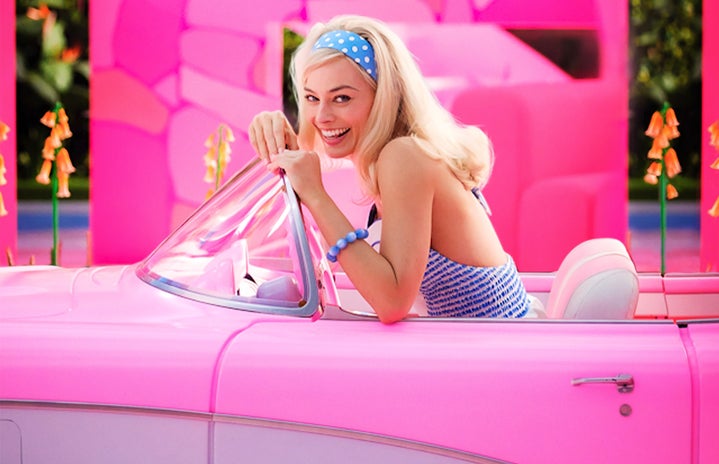It goes without saying that 2023 was the year of Barbie. Her merch, dolls and even the blockbuster success that was Greta Gerwig’s Barbie has swarmed the public. One of the biggest trends that was set off by the movie was ‘Barbiecore’. For those who are unfamiliar with the term, Barbiecore entails a fun, bubbly, pink and vivacious aesthetic accumulated by clothes, decor and one’s overall lifestyle. However, it was incredibly influential in this year’s fashion, (especially during the release of the movie), as stores hurried to stock their shelves full of pink and glittery clothes. Since it is undeniable that Barbie can influence fashion, I aim to delve into the cultural significance she has had on fashion historically and how she still manages to retain her power and influence on today’s demographic.
A critical reason why Barbie has always managed to stay relevant with the times is due to her constant evolution and adaptation. She went from supporting mod inspired looks in the 60s with her mini-skirts and go-go boots to dominating the fashion scene in the 80s with her glitz and glamour. Thus, through revitalising popular trends of the time or appealing to the youth, she has always managed to remain popular.
Despite Barbie’s popularity, it would be naive to disregard her controversies. Although she was praised for her originality and creativity within fashion, she was simultaneously criticised for promoting unrealistic body standards with her hourglass figure and Eurocentric features. There was also much debate over what Barbie stood for: some considered her an emblem of feminism, showing young girls that they could do anything whether that was to become a doctor or a fashion designer. Others believed that she sought to promote a very white, heteronormative standard of beauty which purposefully excluded ethnic minorities, plus-sized women and the LGBTQ+ community.
In spite of this, Barbie has secured many partnerships and brand deals which has helped her participate in fashion trends during several periods. For example, Jeremey Scott’s 2015 Spring/Summer collection for Moschino transparently paid tribute to Barbie. Model, Charlotte Free, even skated down the runway in a pair of roller blades (a nod to Mattel’s famous rollerblade Barbie). Thus, it is clear to see how Barbie does not just play a part in popular, mainstream fashion trends but has also cemented herself as an icon in the world of high and luxurious fashion.
It is clear to see how Barbie has managed to stay relevant since her invention (1959) till now through her constant evolution and growth. With the release of newer Barbies by Mattel, such as one with Down Syndrome, that are more representative and inclusive, she has once again solidified her place in the zeitgeist as a cultural icon and role model to many young children.


